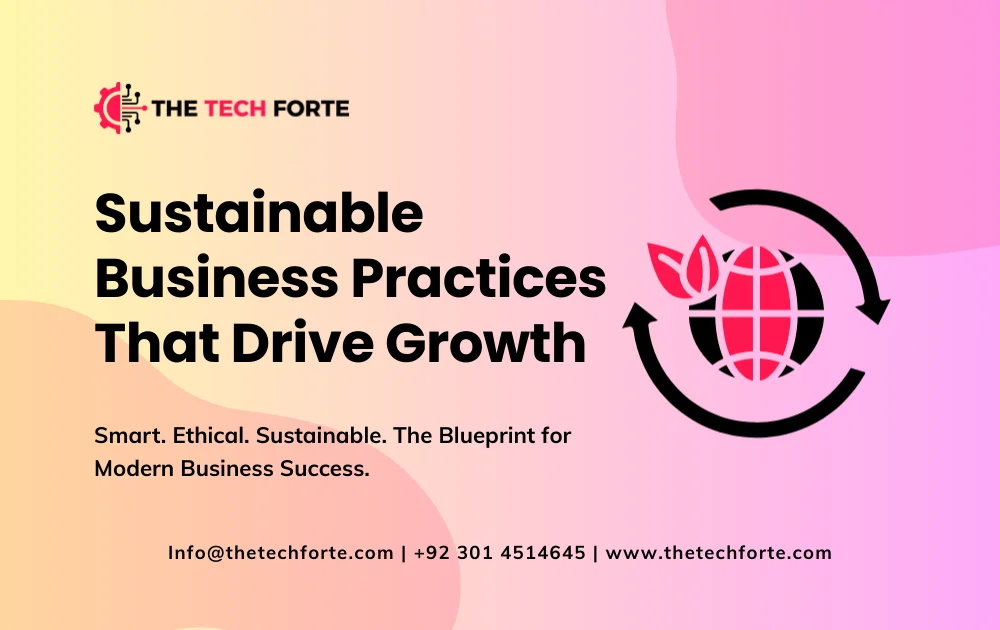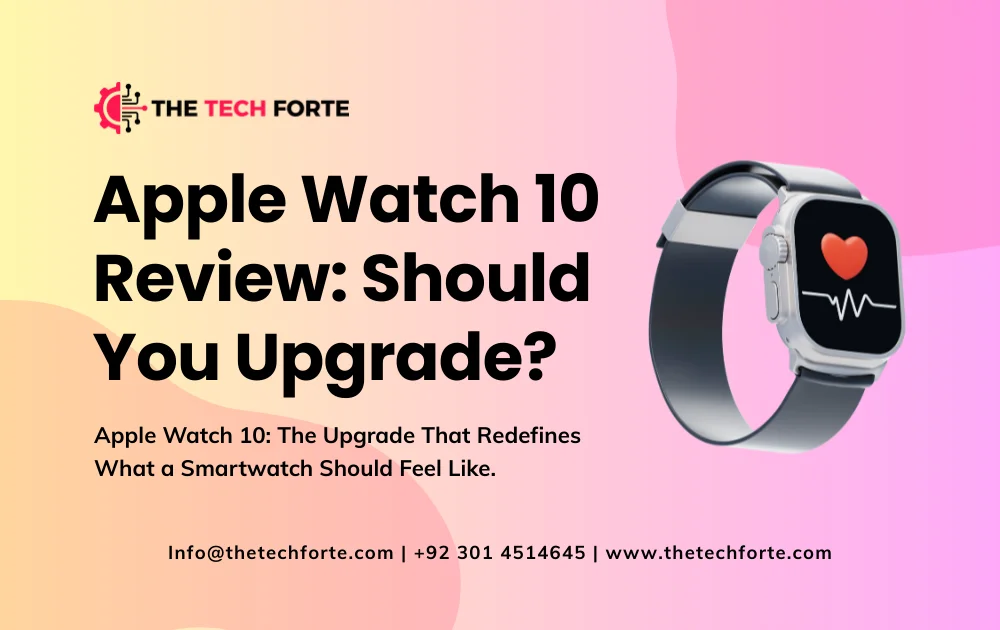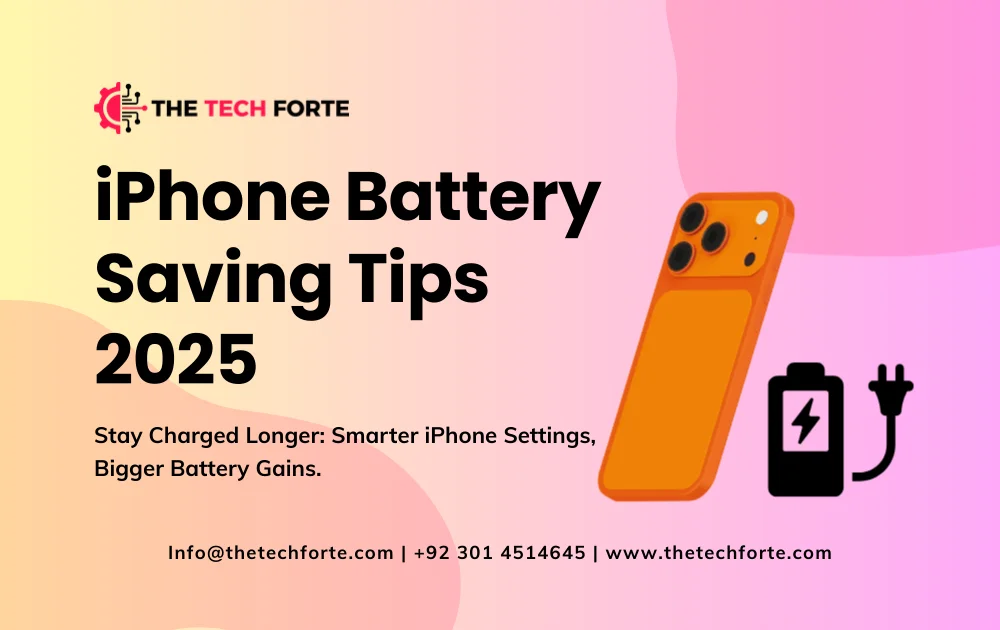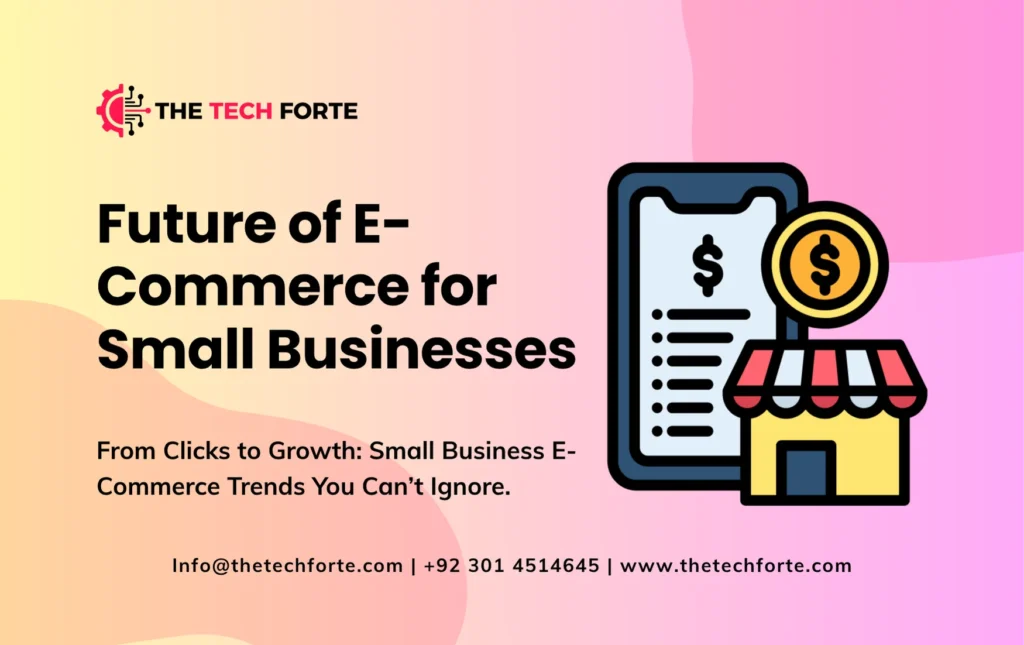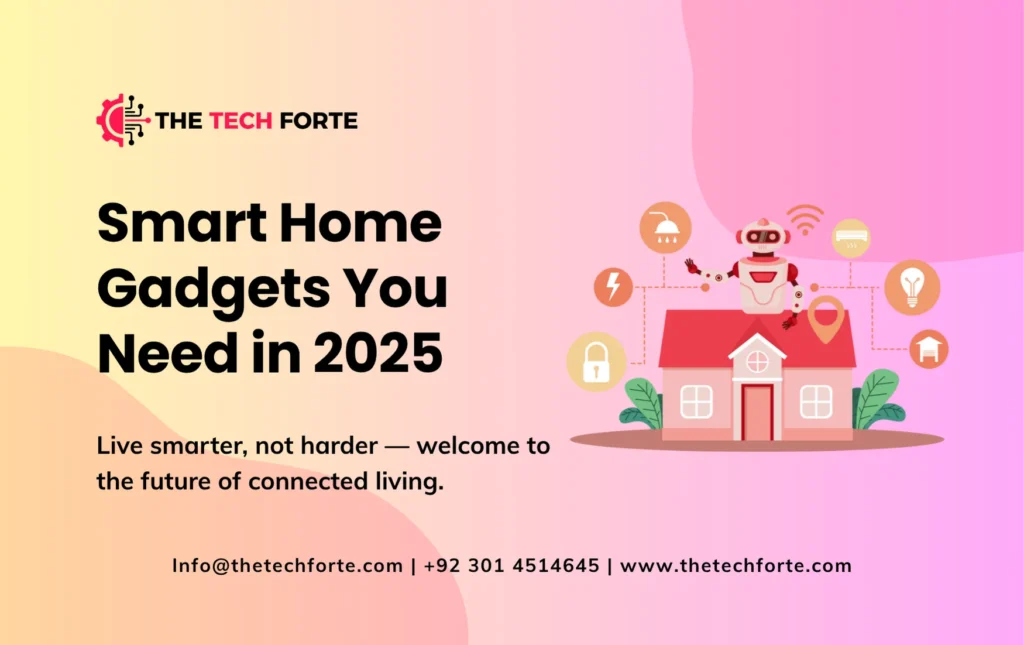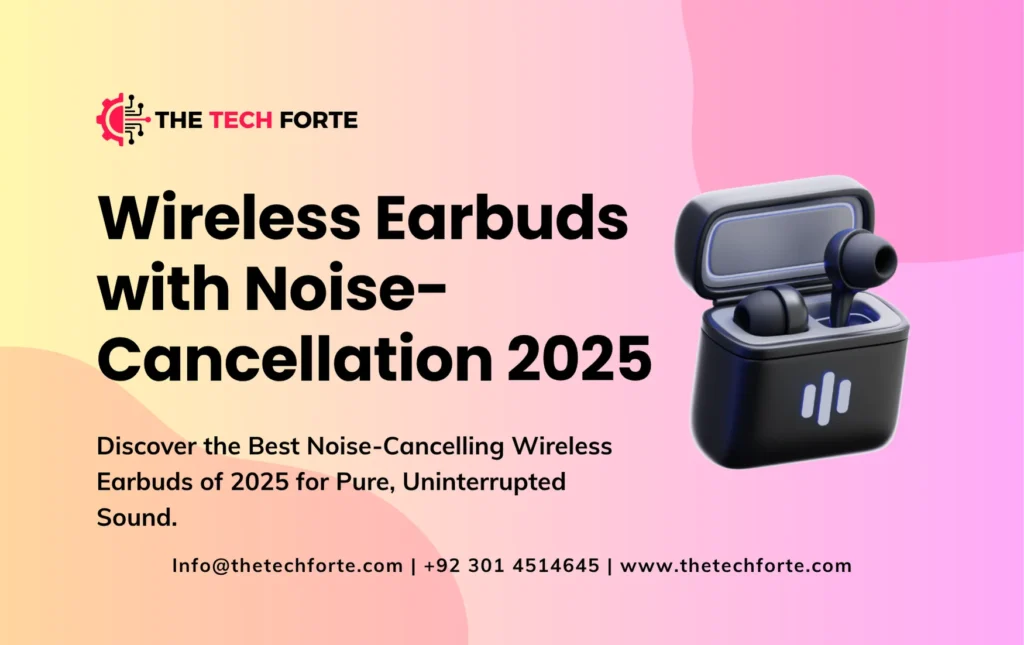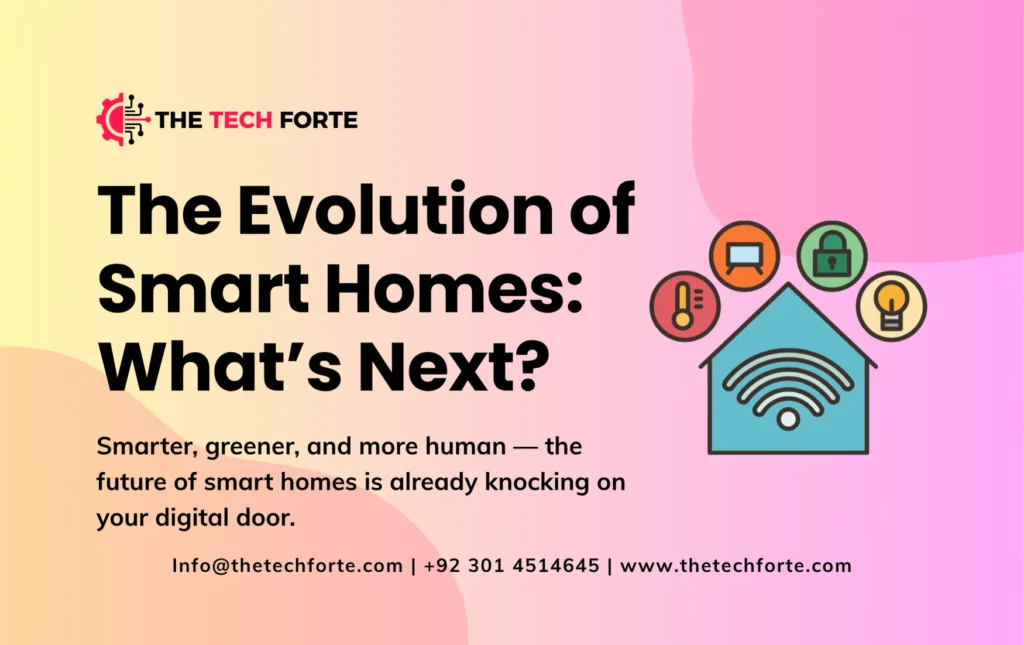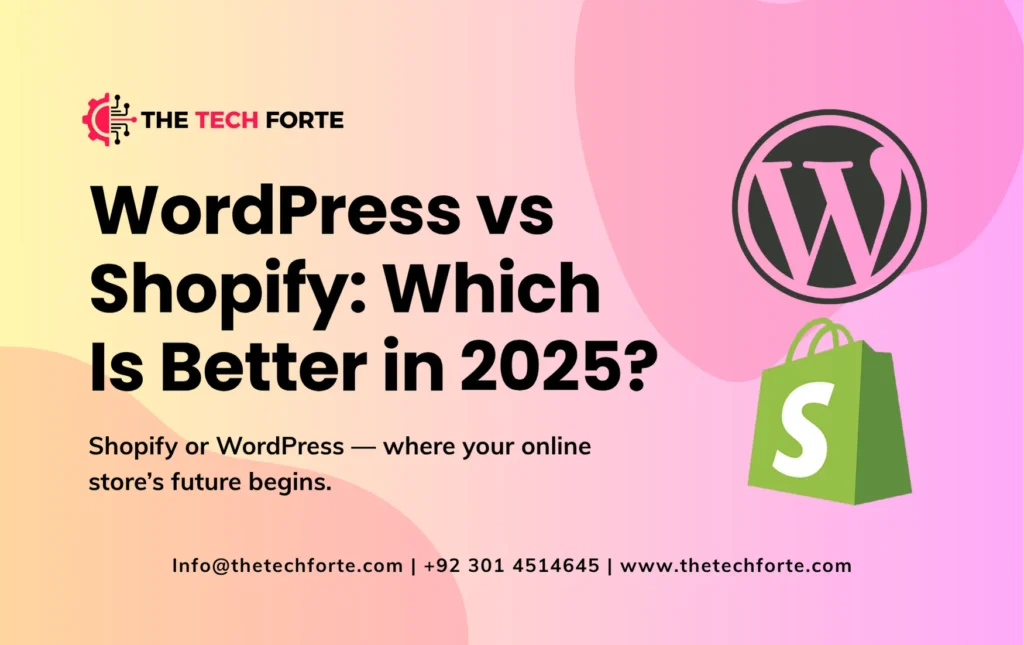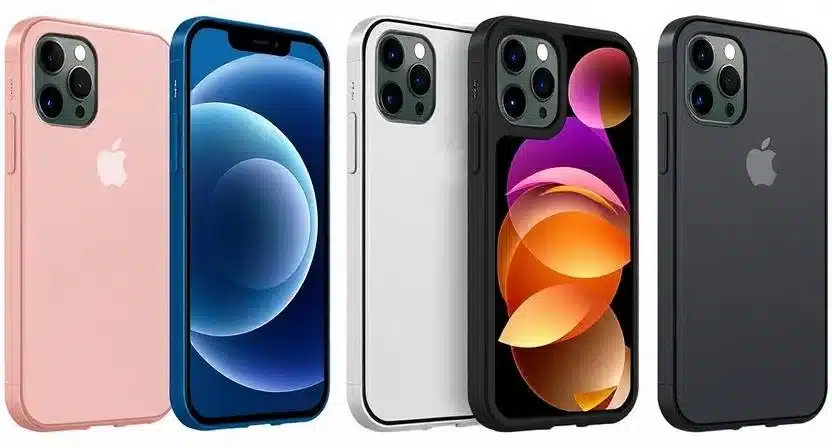Are Subscription-Based Gadgets the Future?

Over the past decade, the subscription economy has moved far beyond streaming services and software. We’re now entering a phase where subscription-based gadgets and hardware devices you no longer need to own outright may become a dominant model in tech. Historically, subscription services meant digital access: Netflix, Spotify, and SaaS. But today, hardware is joining the recurring-revenue club. According to Entrepreneur, subscription services have broadened into B2B and B2C physical products, including recruitment, devices, and more.
In this article, we’ll explore why hardware subscriptions are gaining momentum, the business logic fueling the trend, emerging challenges, and whether this really represents the future of owning tech.
Suggested Read: Smart Home Gadgets You Need in 2025
The Rise of the Subscription Economy
From Ownership to Access
One of the core drivers of the subscription-based model is a deeper cultural and economic shift: people are moving away from owning things, toward accessing things. As Entrepreneur notes, more consumers value access over ownership.
In this paradigm, paying for a device that you don’t own, but use through a monthly fee, becomes more acceptable.
Predictable Revenue & Customer Loyalty
For companies, subscription models offer something extremely compelling: a predictable, recurring revenue stream. Rather than relying on one-time hardware sales, companies can generate consistent income. This helps with planning, inventory forecasting, and investing in customer retention. Because the relationship between buyer and brand becomes ongoing, companies also have more opportunities to build customer loyalty and upsell additional tiers or services, turning hardware into a platform.
Flexibility and Customization
Subscription-based models provide flexibility and personalization, both for consumers and businesses. Users can often upgrade, downgrade, or cancel subscriptions, depending on how their needs change.
For companies, data harvested from subscribers allows them to tailor experiences, recommend new products, and even build community engagement around their devices.
Recommended Read: Best Wearable Gadgets for Athletes in 2025
Why Hardware Subscriptions Are Gaining Traction
So, what’s fueling the rise of subscription-based gadgets? Several converging trends make this an attractive model for both manufacturers and consumers.
Lower Barrier to Entry
To buy a high-end gadget, say a smartphone, smartwatch, or AR headset, upfront costs can be steep. A subscription model lowers that barrier by spreading out payments. Consumers get access to cutting-edge hardware without paying the full price upfront.
Continuous Upgrades & Support
Unlike a one-time purchase, subscription-based gadgets can be part of a continuous refresh cycle. Manufacturers can provide newer models, firmware updates, or improved versions as part of the subscription plan. This aligns with how consumers increasingly expect regular software improvements and long-term support.
Predictable Demand & Inventory Management
From a business perspective, subscription models help with demand forecasting. Instead of guessing how many units to manufacture, companies can use subscriber data to better predict what devices will be needed, how often, and what features are most valued. That ultimately reduces waste, lowers overproduction risk, and helps optimize logistics.
Deep Customer Data & Personalization
Subscriptions naturally give brands access to rich customer data usage patterns, preferences, and product engagement. This data can be leveraged to tailor subsequent offerings, price tiers, or new subscription benefits. According to WebToffee, this creates more personalized, engaging customer experiences.
Emerging Technologies Making It Feasible
New technologies are making hardware subscription models more practical. For example, blockchain and smart contracts can automate billing and reduce friction.
Machine learning can optimize pricing, inventory, and delivery logistics, making hardware-as-a-service more efficient.
You can read: Best Remote Work Gadgets for Productivity in 2025
Real-World Examples & Current Trends
Let’s look at how companies are putting subscription-based gadgets into practice and why consumers are paying attention.
Hardware Subscriptions in Business
Entrepreneur highlights how businesses are using hardware-as-a-service in B2B: instead of buying computers or devices, they subscribe. This model appeals because it reduces upfront CAPEX, scales more easily, and aligns payment to actual usage.
Consumer Tech Subscriptions
Consumer electronics brands are exploring subscription models too. Reddit discussions show growing interest: users mention companies like Oura Ring or other fitness wearables offering hardware + subscription for data insights, updates, or features.
Challenges & Pushback
However, not every user is sold. Some express frustration: “You’re missing a ‘yet’ there… maybe we’re moving toward a world where the initial purchase is just the entry point, and the real value comes from the ongoing relationship and data insights.”
There’s also a risk of subscription fatigue, too many recurring costs, and rising churn among users.
Five Key Business Advantages of Subscription-Based Gadgets
Here are 5 major reasons why companies see subscription-based gadgets as the future, pulling from both theory and current trends:
- Predictable and Scalable Revenue
Subscription fees create a reliable income. Unlike one-off device sales, subscriptions increase customer lifetime value (CLV) - Ongoing Customer Engagement: Subscriptions encourage continuous interaction, brands can update firmware, offer new features, or provide tier upgrades. This builds long-term loyalty.
- Reduced Upfront Costs & Risk: Customers don’t need to pay full price at once, lowering the financial barrier. For companies, it’s easier to manage inventory and reduce risk since they know how many subscribers they have.
- Richer Data & Personalization Capabilities: With recurring relationships, companies collect real-time data on usage and preferences, letting them better tailor the experience and upsell effectively.
- Sustainability & Retention: Because subscriptions are ongoing, companies can focus more on reducing churn and increasing customer satisfaction rather than chasing one-time sales.
Key Risks & Challenges
But the subscription-based gadgets’ future is not without friction.
Subscription Fatigue
Consumers may face fatigue from managing too many subscriptions, especially for hardware they don’t truly own.
Cost Over Time
While monthly costs seem low, over time, the subscription payments may surpass the cost of buying the device outright.
Dependency & Loss of Ownership
You may never actually “own” the device, and if the company stops the service or goes out of business, you could lose access or value.
Churn Risk and Value Retention
The subscription business depends heavily on long-term retention. If customers don’t see enough value, they’ll cancel, undercutting recurring revenue.
Data Privacy & Control
Because subscription devices collect usage data, there are privacy concerns. Companies need to balance personalization with consumer trust.
Why Subscription Gadgets Make Strategic Sense in 2025
Putting it all together, here’s why 2025 feels like the moment when subscription-based gadgets could become genuinely mainstream:
- Customer expectations have evolved: People increasingly favor access and ongoing experiences over mere ownership.
- Tech is ready: Advancements in cloud, AI, blockchain, and logistics make it easier to deliver device subscriptions sustainably.
- Business models are proven: SaaS and digital subscriptions are mature. Extending that to hardware is a logical next step.
- Consumers are flexible: Younger generations are more comfortable with recurring payments and value-centric subscriptions.
- Sustainability matters: Some brands argue that subscription models encourage product reuse or recycling, aligning with circular economy goals.
What Companies Should Do to Succeed with Hardware Subscriptions
If a company is considering launching subscription-based gadgets, these are critical strategic moves:
- Design Flexible Subscription Plans
Offer tiers: basic, premium, upgrade options. Let users switch between plans as their comfort grows. - Invest in User Onboarding & Education
Explain clearly why someone might pay monthly for a device, and what benefits they get (updates, support, replacement). - Build Trust Through Transparency
Be clear about costs, cancellation policies, data collection, and what happens when the subscription ends. - Use Data to Drive Personalization
Leverage usage data to offer proactive suggestions, new features, or upgrades. - Focus on Retention, Not Just Acquisition
Use feedback loops, community-building, and premium perks to keep subscribers engaged. - Explore Technology Partnerships
Blockchain, AI, and smart contracts can make subscription billing and service smoother and more secure.
Potential Use Cases of Subscription-Based Gadgets
Here are some real-world and emerging categories where subscription-based devices make sense:
- Smart Fitness Devices: Wearables, connected fitness equipment, health trackers
- Consumer Electronics: Premium headphones, VR headsets, smart home gadgets
- Enterprise / B2B Hardware: Laptops, IoT devices, office gear
- Automotive: Subscription to software features in vehicles (e.g., advanced driver-assist)
- Lifestyle Tech: Smart jewelry, fashion tech, AR glasses
In each case, the device becomes part of a broader service ecosystem, not just a physical product to own.
Is This the Future? What to Watch For
Here are some key signals that will determine whether subscription-based gadgets truly become the future:
- Adoption rates among mainstream consumers (beyond tech early adopters)
- Churn trends over time can help companies retain subscribers, or will fatigue kick in?
- Regulatory and financial models: how will customer protection and pricing evolve?
- Technological advances, especially in payments, supply chain, and device-as-a-service infrastructure
- Sustainable design: Does the model lead to more circular consumption or waste?
Final Verdict: Yes, But With Conditions
Are subscription-based gadgets the future? The evidence strongly suggests yes, but not as a universal replacement for traditional device ownership. Instead, we’re likely to see a hybrid model:
- Many consumers will subscribe to high-end, frequently upgraded devices (e.g., wearables, premium home tech).
- Others will remain comfortable with one-time purchases for basic or commodity hardware.
- Companies that combine recurring frontend revenue with hardware will win, especially when they provide clear value, flexibility, and trust.
Subscription-based gadgets are not just a fad; they represent a paradigm shift in how we think about technology ownership. With the right balance of innovation, pricing, and user experience, they could very well be the next frontier of the subscription economy.




